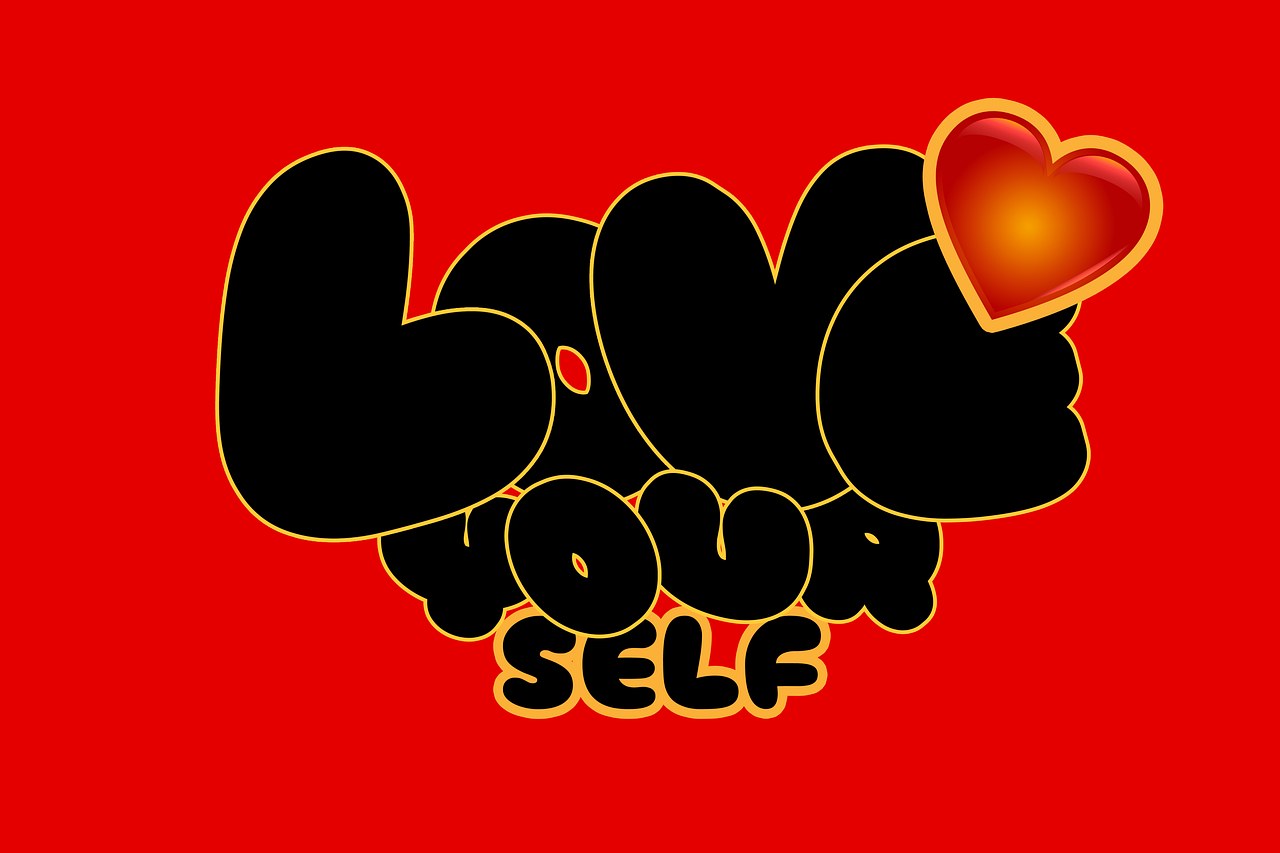The phrase COVID divorce emerged as daily life was turned inside out – routines halted, homes became offices, and couples suddenly shared every hour of the day. For some partners, that closeness offered a rare chance to reconnect; for others, the same closeness magnified old frustrations, exposed new incompatibilities, and brought simmering conflicts to a boil. This article explores what people mean when they say COVID divorce, why the topic became so visible, how to recognize when tension is spiraling, and what practical steps can ease the pressure without adding fresh strain.
What people mean when they talk about a COVID divorce
At its most literal, COVID divorce refers to a separation or split that happens in the era shaped by the pandemic. Yet the phrase is doing heavier work than a calendar label. For many, COVID divorce describes a break that was accelerated by extraordinary circumstances – not just a random coincidence in timing, but a response to new stressors in a compressed environment. Couples who once had buffers outside the home suddenly lost them. A night out with friends, the commute that cleared the head, the gym class that lifted the mood – these disappeared, leaving partners to meet every need under one roof. In this context, COVID divorce became a shorthand for the way crisis pressed on existing cracks until they widened.
It is important to note that COVID divorce does not imply that every relationship facing difficulty is doomed. Some partners rediscovered shared humor, revived neglected rituals, or found relief in slowing down. The phrase simply captures a recognizable pattern: when shockwaves run through normal life, relationships feel the aftershocks – and some couples decide to part.

Why the topic took off and stayed in the conversation
Why did COVID divorce become such a frequent theme in conversations, headlines, and group chats? The answer lies in the scale and intensity of change. Routines were disrupted all at once. Partners who used to intersect at breakfast and dinner now shared desk space, internet bandwidth, and the background soundtrack of each other’s meetings. A relationship that functioned smoothly with time apart had to learn a new rhythm without the usual pauses. For people who prize solitude, the sudden loss of alone time could feel suffocating; for people who recharge through social contact, the loss of gatherings could feel isolating. Those mismatched coping styles often collided, and COVID divorce became the phrase people used to describe the fallout.
Another reason the phrase stuck is visibility. When well-known couples announced splits, the news acted like a mirror for private struggles. Even without naming names, most people can recall examples that made the idea of COVID divorce feel less abstract. Public stories do not cause private decisions, but they do normalize the language we reach for – and this language made sense to many.
Financial uncertainty added fuel. Delayed weddings, postponed travel, wiped-out plans, and sudden work-from-home arrangements piled stress on already thin patience. For couples juggling child care or schooling at the kitchen table, the house could feel like a pressure cooker. It is little wonder that COVID divorce emerged as a concise way to describe the convergence of stressors that might have taken years to accumulate in ordinary times.

How confinement surfaced dormant issues
There is a common thread in many accounts of COVID divorce: the idea that problems did not appear out of nowhere. Rather, time together removed distractions that once kept grievances in the background. When partners cannot step away – even briefly – resentments accumulate faster and release valves disappear. Small irritations balloon into chronic friction. A comment that would have floated past in a normal week lingers for hours in a shared space, repeated in memory and amplified by fatigue.
Differences in risk tolerance can sharpen the divide. One partner might feel anxious about health precautions, while the other emphasizes normalcy and resists restrictions. Without external anchors to mediate those values, arguments can loop endlessly. The phrase COVID divorce captures this recurring pattern: circumstances magnify what was already there, and couples face the core of their dynamic without the usual intermissions.
Another layer is the difficulty of seeking help. Virtual counseling exists, but privacy can be scarce in a small home. Booking a session may require logistical acrobatics that discourage follow-through. When relief is hard to access, the story of COVID divorce can seem like the only narrative left – a label that matches the moment when options feel limited.

Recognizing when tension is spiraling toward a split
Not every rough patch points to COVID divorce. Still, there are recognizable signals that pressure is escalating. You might notice that everyday coordination – who uses the desk, who takes the first video call, who cooks – becomes a battlefield rather than a conversation. You might feel unwilling to share vulnerabilities because every exchange ends in a defensive posture. You might catch yourself tallying small grievances as if they were scores in a competition no one can win.
Pay attention to the tone of routine interactions. If jokes land as jabs, if silence expands between simple questions, if you both feel watched rather than seen, the household climate may be feeding the conflict loop. In that loop, COVID divorce starts to feel like an escape hatch, not because love evaporated overnight, but because sustained strain has eroded resilience.
Common friction points in a shared space
- Competing needs for quiet and connection – one partner thrives on chatter while the other craves long blocks of uninterrupted focus.
- Unequal distribution of invisible tasks – the mental load of tracking supplies, bills, deadlines, and family updates sits on one set of shoulders.
- Blurred boundaries between work and rest – an email chime at dinner, a late call bleeding into bedtime, a habit of multitasking through intimate conversations.
- Different coping styles – scrolling news for reassurance versus avoiding updates entirely; vigorous cleaning versus a relaxed approach to clutter.
- Conflicts over safety practices – disagreements about masks, distancing, or visits with friends translating into debates about respect and values.
Any one of these can be resolved with patience. Several at once – sustained over weeks – can make COVID divorce feel like a gravitational pull. Recognizing patterns early gives both partners a chance to adjust before irritation hardens into contempt.
Practical ways to reduce pressure at home
When the phrase COVID divorce begins to echo in your thoughts, it can help to shift from abstract worry to concrete experiments. You are not trying to transform the relationship overnight; you are testing small changes that restore breathing room and goodwill. The following ideas rework familiar instincts into intentional practices suited for close quarters.
Create zones and alternate access
If you share a compact home, scarcity – of space, quiet, or privacy – is often the spark. Build a schedule that alternates access to high-demand resources. One person takes the desk for a morning block while the other handles calls from the kitchen; then you swap. Headphones become a boundary you both honor. A short walk alone after lunch is not a withdrawal – it is an investment in the quality of the hours you spend together. Treat these arrangements as nonnegotiable agreements, and you reduce the friction that makes COVID divorce feel inevitable.
Design at-home rituals that feel different
Restaurants and cinemas may be out of reach, but the point of a “date” is novelty and attention, not the venue. Choose one evening each week when the house changes character – lamps instead of overhead lights, phones in a drawer, a meal that takes a little effort, a playlist that sets a mood. Dress the part if you miss the formality. A ritual like this disrupts monotony and signals care. Repeated over time, it counters the narrative of COVID divorce with a different story: even now, we can create brightness together.
Reconnect with friends on purpose
It is easy to abandon social check-ins when energy is low, yet those conversations lighten the load. Schedule calls or voice notes with a friend who listens without escalating the drama. Venting is not betrayal – it is maintenance. When you feel heard elsewhere, you return home less combustible. This is one of the quiet ways couples reduce pressure that otherwise builds to the point where COVID divorce looks like the only option.
Seek support in ways that fit your space
If privacy is scarce, consider short sessions, text-based formats, or times when one partner takes a walk while the other speaks with a professional. The content of those conversations belongs to you, but the effect often benefits both. Outside reflection can reframe a recurring conflict into a solvable problem: what feels like “you never listen” becomes “we need a rule for turn-taking when we are both tired.” Subtle reframes like that can slow the march toward COVID divorce by returning a sense of agency to both partners.
Postpone high-stakes decisions
Major life changes can be tempting as distractions – a puppy, a cross-country move, a renovation, or the idea of growing the family right now. If the relationship is fragile, adding complexity rarely stabilizes it. You do not have to reject those dreams; you can simply place them on a shelf until you have rebuilt a baseline of trust. That pause is an antidote to the urgency that often accompanies conversations about COVID divorce.
Hold a weekly check-in with ground rules
Once a week, sit down with a simple structure: each person shares one appreciation, one challenge, and one request. No rebuttals, no cross-examinations – just listening and notes. The aim is not to litigate the past seven days but to align on the next seven. Ending with a small agreement gives you both a win to build on. Over time, these check-ins weaken the habit loops that make COVID divorce seem prewritten.
Making sense of different needs under one roof
Partners often diverge in how they recharge. One might crave long stretches of solitude; the other might feel best after spirited conversation. Neither is wrong – but when the house must serve both, generosity matters. Try a trade: a quiet afternoon for one, a long video catch-up with friends for the other. Speak in specifics instead of generalities. “I need a break” becomes “I need the living room from two to four.” Clear requests invite clear yeses, and clear yeses soften the edges that can otherwise harden into talk about COVID divorce.
It also helps to name the pressures you cannot fix. Grief for a lost routine, disappointment over canceled plans, or fear about uncertainty – these are normal reactions, not personal failures. When you acknowledge them together, the home becomes a place where feelings can land rather than ricochet. Many couples find that empathy, more than problem-solving, changes the temperature of the room. In a cooler room, COVID divorce feels less like destiny and more like one path among many – and not the only one worth considering.
Examples that illustrate small shifts
Consider a couple in a studio apartment. Both work from home; both need quiet. They create a rotation: one uses noise-canceling headphones and claims the desk in the morning; the other takes the afternoon. Lunch happens together – no screens – to reinforce the idea that they are more than task managers. The conflicts do not disappear, but the friction eases. By turning down the daily heat, they move farther from the threshold where COVID divorce feels like relief.
Now picture partners with different safety thresholds. One wants strict caution; the other wants careful flexibility. They agree on shared standards for the home while allowing personal comfort outdoors – mask policies, visitor rules, and what counts as a nonnegotiable boundary. The conversation shifts from “you’re overreacting” or “you don’t care” to “here is what I need to feel safe, and here is what you need to feel free.” That reframing reduces the kind of identity-level conflict that often pushes talk of COVID divorce to the forefront.
Understanding the story behind the label
It is tempting to treat a label as an explanation. COVID divorce sounds simple, even tidy – a cause-and-effect chain in three words. Real relationships are messier. The phrase is useful because it points to a cluster of pressures that arrived all at once. But every couple’s story contains unique threads: the way a joke turns sharp when someone is tired; the way a room feels small on rainy days; the way silence stretches after one too many compromises. When people say COVID divorce, what they often mean is “we could not find the version of us that works inside these constraints.”
That recognition is not an accusation. It is a description of limits. Acknowledging limits can guide decisions that respect both partners – whether those decisions aim to repair or to part. If repair is the goal, the steps above are tools to reclaim a margin of grace. If parting becomes the choice, the same tools can steady the process so it does not add avoidable harm. Either way, careful attention to daily dynamics keeps you from treating COVID divorce as the only story available.
Keeping perspective without minimizing pain
There is a paradox at the heart of this topic: the same period that strained relationships also revealed their strengths. Some pairs rediscovered the pleasure of ordinary tasks done side by side. Others learned that they work best with generous space and clear boundaries. Still others realized that their needs had grown in different directions. The phrase COVID divorce sits inside that paradox as a reminder that pressure clarifies. What it clarifies is not always comfortable, but clarity has value – it lets people choose with open eyes.
When the phrase helps – and when it doesn’t
Language can be a handle for heavy feelings. Saying COVID divorce can make unmanageable stress feel nameable. It can also flatten complexity if used as a catch-all diagnosis. Use the phrase lightly, as a description of context rather than a verdict. The more you stay curious about what is actually happening between you, the less likely you are to let a headline write your next chapter. Even in a small space, with big emotions, curiosity creates room – and room is what most couples need when they feel squeezed toward COVID divorce.
A brief note on hope without false promises
Optimism does not require denial. You can acknowledge the toll of a hard season and still believe in your capacity to adapt. A walk alone, a ritual together, a conversation with support – these are modest acts, yet they accumulate. They make ordinary hours more livable and hard conversations less explosive. Over time, that kind of steadying work can nudge a relationship away from the edge where COVID divorce seems like the only exit. And if a split becomes the right step, the same steadiness can help you move through it with care for yourselves and respect for the story you built together.
The term has been on people’s lips for a long stretch, and it will likely linger as a marker of what this period exposed. But your home is not a headline. You can write new paragraphs – slower ones, kinder ones – that fit your reality now. Whether you are repairing, redefining, or releasing the relationship, you do not have to be bound by the single phrase COVID divorce. You can let it describe the pressures you faced while you choose, deliberately, what comes next.